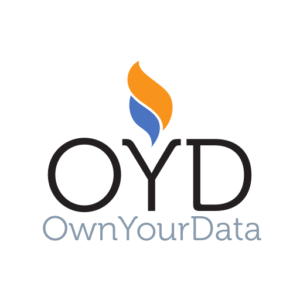DID Rotation
In the realm of digital identity, the concept of Decentralized Identifiers (DIDs) stands as a cornerstone. DIDs are a new type of identifier that enables verifiable, self-sovereign digital identities. This blog post explores possibilities to transition between different DID Methods and invites DID method implementors to join this journey towards more robust, interoperable, and secure […]

 We are excited to announce OwnYourData’s involvement in the groundbreaking USEFLEDS project: Unleashing Sector-coupling Flexibility by means of an Energy Data Space, spearheaded by
We are excited to announce OwnYourData’s involvement in the groundbreaking USEFLEDS project: Unleashing Sector-coupling Flexibility by means of an Energy Data Space, spearheaded by 


